On-site Home/Office Networking
Schedule Your FREE Consultation Today
On-site Home/Office Networking
Understanding Home/Office Networking
On-site Home/Office Networking
Types of Networking Solutions
Even if you’re not tech-savvy, understanding the various types of networking solutions available for your home or office is crucial for creating an efficient workspace. Choosing the right type of networking solution can significantly impact your productivity and overall experience.
Wired Networking Options
Solutions for wired networking typically involve Ethernet cables and switches to establish direct connections between your devices. This method is often preferred for environments that require high-speed internet access with minimal latency, such as offices dealing with heavy data transfers or streaming applications. For home users, a wired connection can provide a more reliable internet experience, especially in data-intensive situations like gaming or video conferencing.
Additionally, wired networking solutions can enhance security since data traveling over a physical connection is less susceptible to external interference. Investing in quality cables and networking devices can also improve the longevity of your network, making wired solutions a strong choice for both home and office settings.
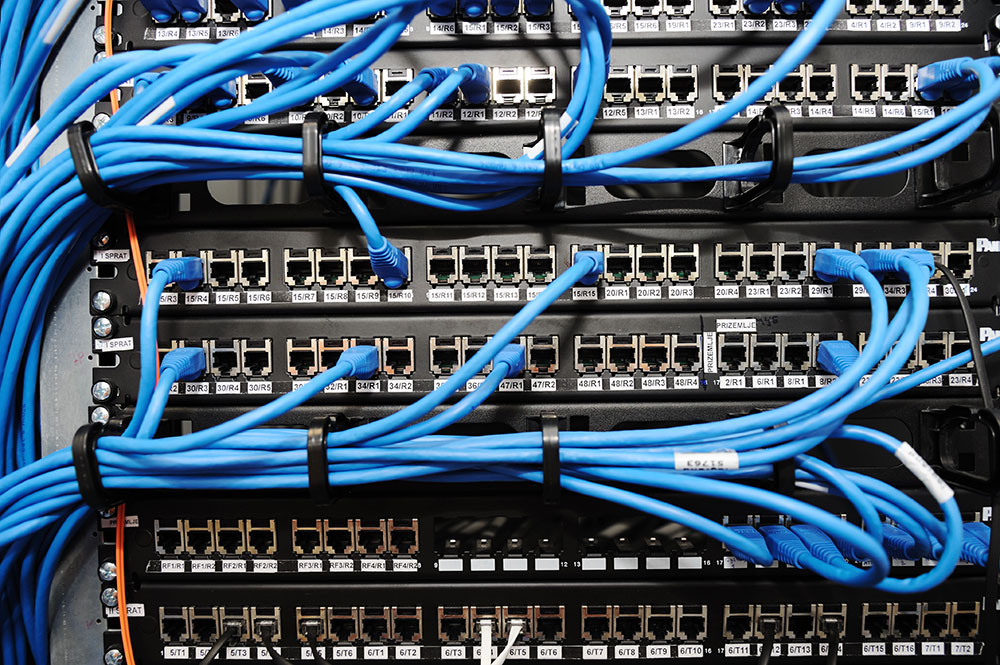

Wireless Networking Options
With wireless networking solutions, you can connect your devices through Wi-Fi, eliminating the need for cumbersome cables. This flexibility allows for mobility, enabling you to set up your workspace wherever you choose. For modern office environments or homes full of smart devices, wireless networking often becomes the preferred method due to its convenience and scalability.
Wireless networking standards, such as Wi-Fi 5 and Wi-Fi 6, offer varying ranges and connection speeds, with newer technologies continuously improving the overall performance. You can easily expand your network by adding more devices without the challenges associated with physical setups.
This approach is particularly useful for users who require a dynamic workspace or have multi-device setups. However, it’s crucial to remember that wireless networks might face interference from walls, electronic devices, and even neighboring networks. Ensuring you have a good router and using practices like choosing appropriate channels can help mitigate these issues.
Hybrid Networking Approaches
Solutions that incorporate hybrid networking strategies leverage both wired and wireless technologies, allowing for maximum versatility and efficiency. For example, critical devices, such as desktop computers and servers, can be connected via a wired connection for stability, while mobile devices and laptops benefit from the convenience of wireless networks. This balanced approach helps you optimize performance based on your specific needs.
Using hybrid networking allows you to strategically place devices according to their usage and performance requirements. This means you can ensure that your crucial operations are backed by the reliability of wired connections while taking advantage of the flexibility offered by wireless solutions.
To create the most effective network for your environment, consider your specific needs, such as the number of devices, types of applications, and the layout of your office or home. Matching the right combination of wired and wireless options can lead to increased productivity and a more seamless user experience.
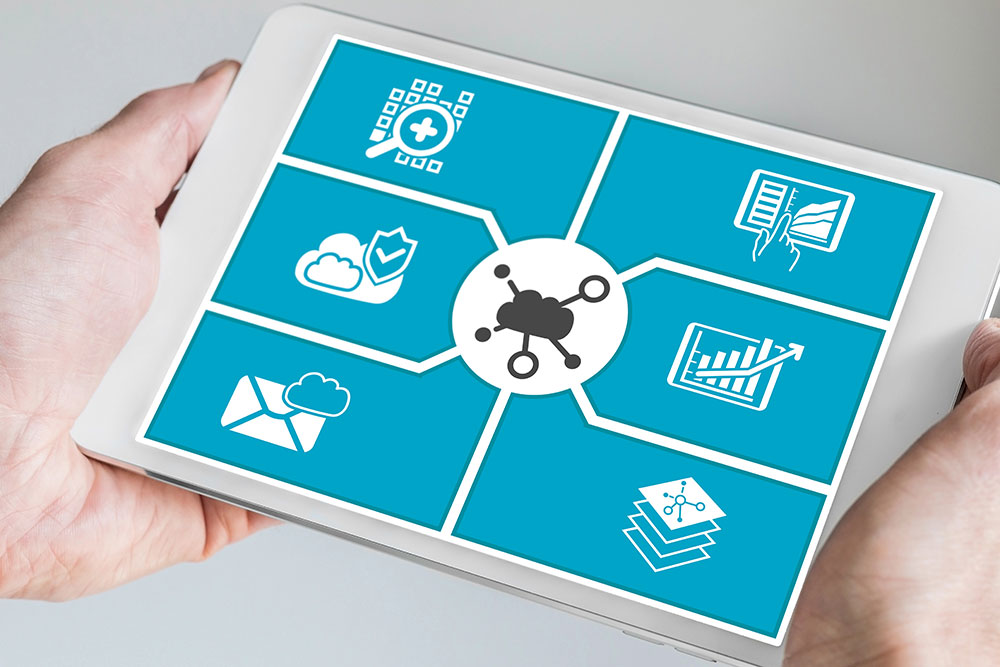
On-site Home/Office Networking
Setting Up Your Network
Your home or office network serves as the backbone for your internet connectivity and device communication. To ensure that your network operates efficiently and meets your requirements, you’ll need to pay careful attention to the layout during the setup process. A well-thought-out network layout not only enhances performance but also addresses potential connectivity issues before they arise.
Planning Your Network Layout
Your network layout should consider the various devices you will connect, their locations, and the expected internet usage. Start by drafting a simple floor plan of your space, marking where you intend to place routers, switches, and devices like computers, printers, and IoT gadgets. Taking into account the physical layout helps minimize interference from walls and other obstacles that may disrupt signal strength. Also, ensure you have adequate coverage in high-traffic areas by strategically placing access points if necessary.
Your network topology is another vital aspect to consider. A star topology is usually a preferred choice for most setups, where each device connects directly to a central router or switch. This configuration simplifies troubleshooting and boosts performance, as data travels directly to the router rather than through other devices. By mapping out your network in advance, you’ll be well-prepared to implement an efficient and effective setup.
Choosing the Right Equipment
With a solid plan in place, it’s critical to select the right equipment to support your network needs. The core component will be your router, which serves as the central hub connecting all devices to the internet. Depending on your internet speed and coverage area, you may need a high-performance router or an enhanced Wi-Fi system that includes mesh technology for broader coverage. Additionally, consider switches for wired connections and access points to extend your wireless network further.
For instance, if you anticipate a high volume of simultaneous connections, opt for a dual-band or tri-band router that can efficiently distribute bandwidth across multiple devices. If you have specific device requirements such as printers or security cameras, make sure to choose equipment that supports their connectivity needs. Investing in equipment that matches your usage patterns will lay a strong foundation for a stable and fast network.
Configuration and Setup Best Practices
Planning your network configuration is necessary in maximizing security and efficiency. Begin by changing default usernames and passwords for your router and any connected devices. This simple step can significantly reduce the risk of unauthorized access. Next, enable network encryption, preferably WPA3, to ensure your data remains secure as it travels across your network. Don’t forget to regularly update your firmware to protect against vulnerabilities and improve functionality.
The importance of documenting your configuration cannot be overstated. By recording details such as IP addresses, device names, and configuration settings, you create a reference that can simplify troubleshooting and maintenance in the future. Additionally, make use of guest networks to separate public and private connections, further enhancing your network’s security and performance.
On-site Home/Office Networking
Network Security Measures
All aspects of your on-site home or office networking rely on robust security measures to safeguard your data and privacy. Given the increasing frequency of cyber attacks, it is imperative to understand the common security threats you may encounter and how to protect against them. Whether it is malware, phishing attacks, or unauthorized access, being aware of these risks can help you take proactive steps to fortify your network security.
Common Security Threats
Measures to protect your network begin with an understanding of the common security threats that can compromise your systems. Malware, which includes viruses, worms, and ransomware, seeks to infiltrate your devices, crippling functionality or extorting you for money. Phishing attacks often come disguised as legitimate communications, tricking you into divulging sensitive information or downloading harmful software. Additionally, unauthorized access can occur when individuals gain entry to your network through weak passwords or unprotected devices, posing a significant risk to your data integrity.
Implementing Firewalls and VPNs
Network security can be significantly enhanced by implementing firewalls and virtual private networks (VPNs). Firewalls act as a barrier between your internal network and external threats, filtering incoming and outgoing traffic based on predefined security rules. This helps to block unauthorized access and allows only trusted users and devices to connect to your network. On the other hand, VPNs provide a secure tunnel for your data to travel through, encrypting your information to protect it from prying eyes, particularly when you are using public Wi-Fi. Together, these solutions create a formidable line of defense against potential attacks.
A well-configured firewall can automatically monitor and control incoming and outgoing network traffic based on your established security parameters. Setting up a VPN ensures that your data is encrypted, giving you peace of mind when accessing sensitive information away from your primary location. Additionally, having both tools in place prevents many common network vulnerabilities, making your system less attractive to attackers.
Maintaining Network Security
Security does not end with initial setup; it requires ongoing maintenance and vigilance. Regularly updating your software and hardware can patch vulnerabilities that hackers could exploit. Monitoring network traffic can help you detect unusual activity early, allowing you to respond swiftly to potential threats. Educating yourself and your team about safe online practices, such as recognizing phishing attempts and using strong, unique passwords, is also important in maintaining robust network security.
VPNs play a crucial role in maintaining network security by ensuring that your online activities remain private. They help hide your IP address and encrypt your internet connection, making it much harder for attackers to intercept your data. Using VPNs not only secures devices connected to your network but also provides an added layer of protection when accessing your systems remotely, reinforcing your overall network security strategy.
On-site Home/Office Networking
Why Choose Us

Customized Network Solutions

Expert Installation & Support

Enhanced Security & Performance

Reviews
What Our Customers Say
OUR SERVICES
Santa Cruz’s Highest Rated and Most Reviewed Computer Repair Service

Computer (PC) Data Migration
Our PC Data Migration Services make transferring files, applications, and settings from one computer to another secure and efficient. With expert assistance, we minimize downtime and the risk of data loss, getting you back to work quickly.
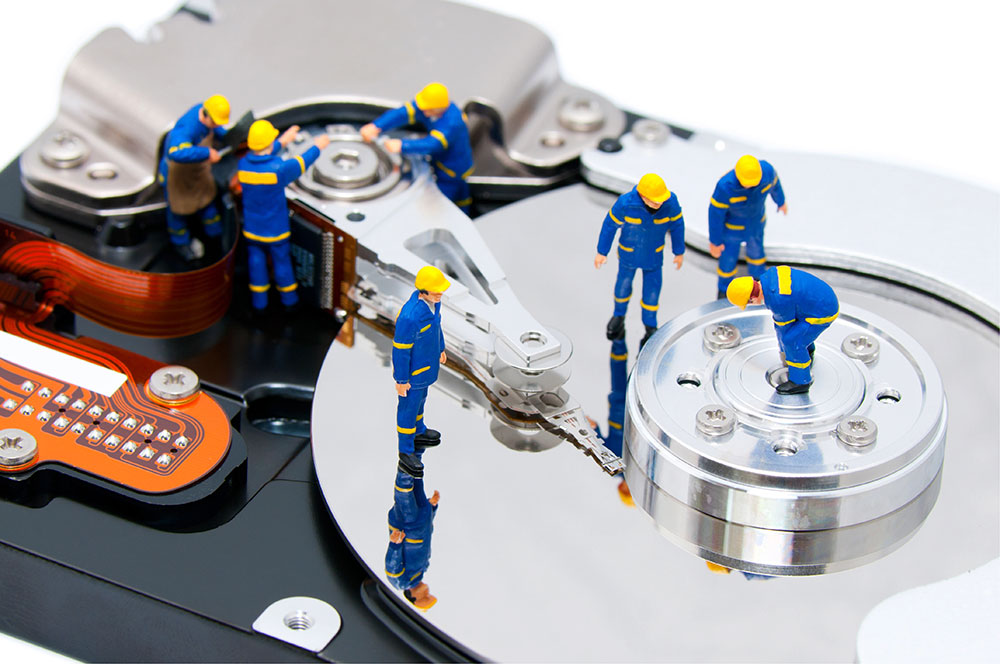
Computer (PC) Data Recovery Services
Losing important files to hardware failure, accidental deletion, or malware can be stressful. This post explores various data recovery services, how they work, and ways to protect your data, helping you make informed decisions to safeguard your information.
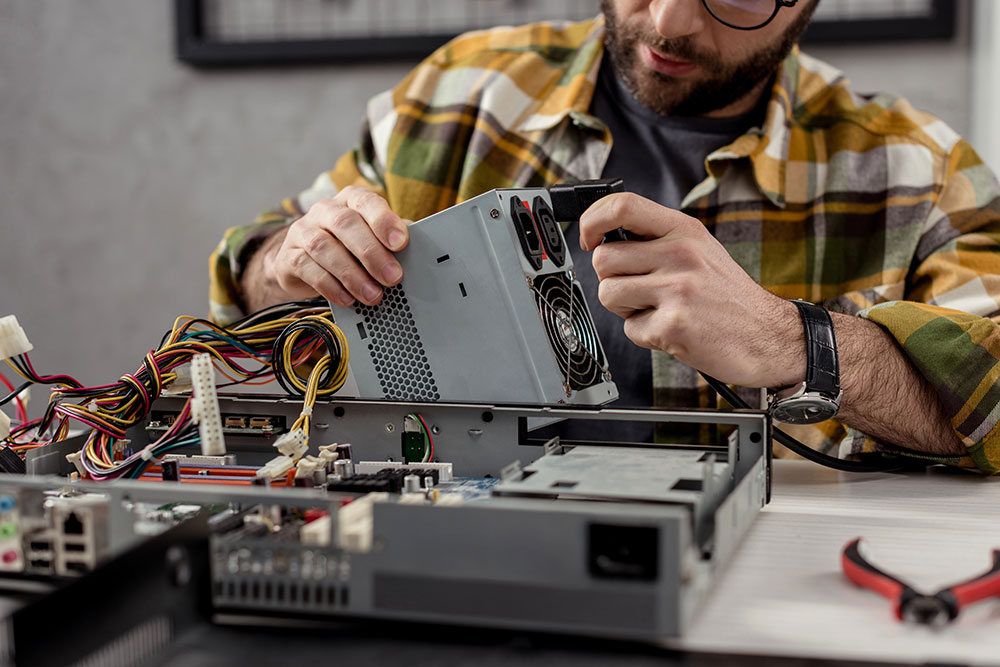
Computer/PC Repair Service
Having a reliable computer repair service is essential when technical issues disrupt productivity. From software glitches to hardware malfunctions, our expert team is equipped to quickly diagnose and resolve problems, saving you time and money.
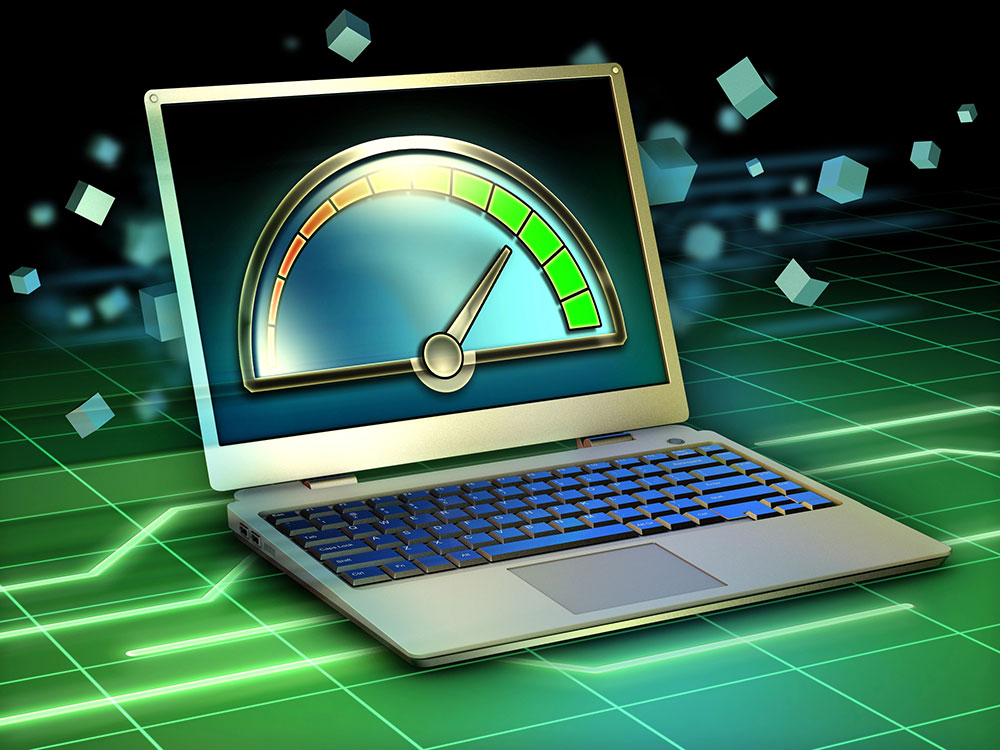
Computer/PC Tune-Up Service
A PC Tune-Up Service optimizes your computer’s performance through system cleanup, software updates, and enhancements, helping it run like new. This service improves speed and reliability, extending your device’s lifespan.

Computer/PC Upgrade Service
Enhance your computing experience with our expert PC upgrade service, tailored to boost performance, storage, or graphics. Let our team ensure your system runs efficiently and meets your specific needs.

Computer/PC Virus & Malware Removal Service
If your computer is running slowly, crashing, or showing strange pop-ups, it might be infected with malware. Our Virus & Malware Removal Service swiftly identifies and eliminates threats, ensuring your device runs smoothly and securely.
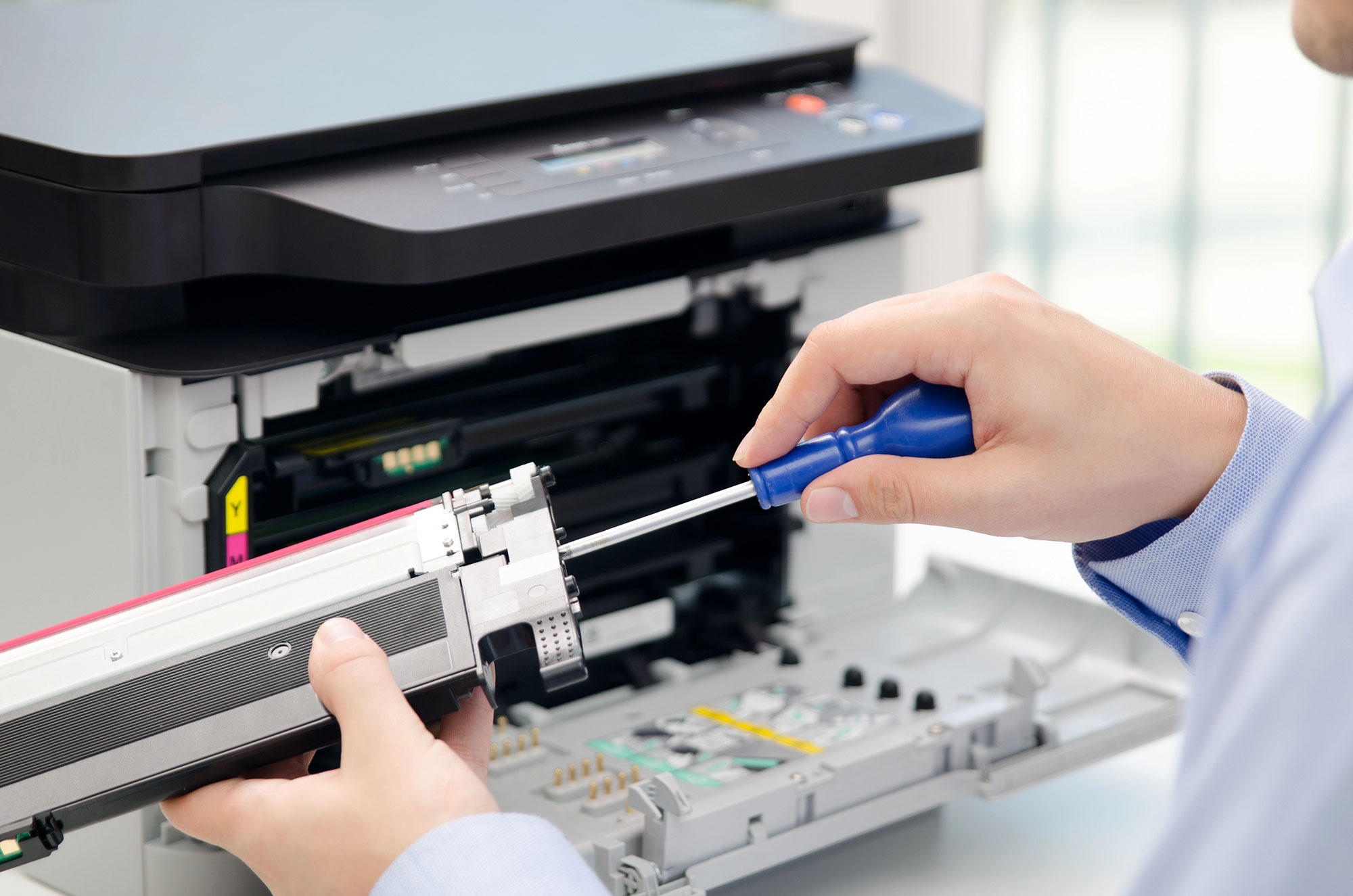
Home/Office Printer Support Service
Reliable printing solutions are essential for your home or office, and expert support can save you time and frustration. Our printer support service handles everything from troubleshooting to routine maintenance, ensuring your equipment runs smoothly so you can stay productive.

On-site Home/Office Networking
On-site networking is essential for ensuring reliable connectivity in your home or office. This guide helps you optimize your setup, troubleshoot issues, and improve performance and security for seamless device communication.

Software Installation & Support Service
Installation of software can often seem daunting, but with the right guidance, you can navigate through the process smoothly. Whether you’re setting up a new application or troubleshooting existing software, understanding installation techniques and support services is crucial for ensuring optimal performance.

Mac Computer Repair Services
Get specialized Mac repair services for hardware and software issues, ensuring efficient, reliable fixes by expert technicians. Keep your device running smoothly with tailored solutions for Apple’s unique systems.

Mac Data Migration Services
Migration can seem overwhelming, especially when transferring data between Macs or upgrading systems. This guide will explain how Mac Data Migration Services work, the available methods, and the advantages of professional help to ensure a smooth and secure transition with minimal risk of data loss or downtime.

Mac Data Recovery Services
Accidental deletions, hardware failures, and software issues can lead to data loss on your Mac. Mac Data Recovery Services use advanced tools to help you recover important files, photos, and documents, offering crucial relief and peace of mind.

Mac Operating System Upgrades
Upgrading your Mac’s Operating System boosts performance, security, and features, giving you access to the latest updates and tools. Knowing how to navigate the upgrade process ensures you maximize your device’s capabilities and compatibility.

Mac Logic Board Repair Services
Over time, issues with your Mac’s logic board can affect its boot-up and performance. This post explores Mac logic board repair services, helping you make informed decisions to keep your device running smoothly.

Mac Component Upgrade Services
As technology evolves, so should your Mac to meet your changing needs. This blog post explores essential Mac component upgrades—like RAM enhancements and SSD installations—that boost performance, storage, and lifespan, ensuring your device remains powerful and efficient.



